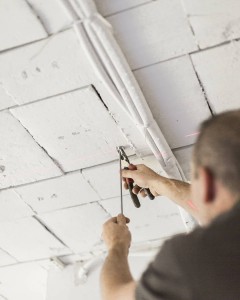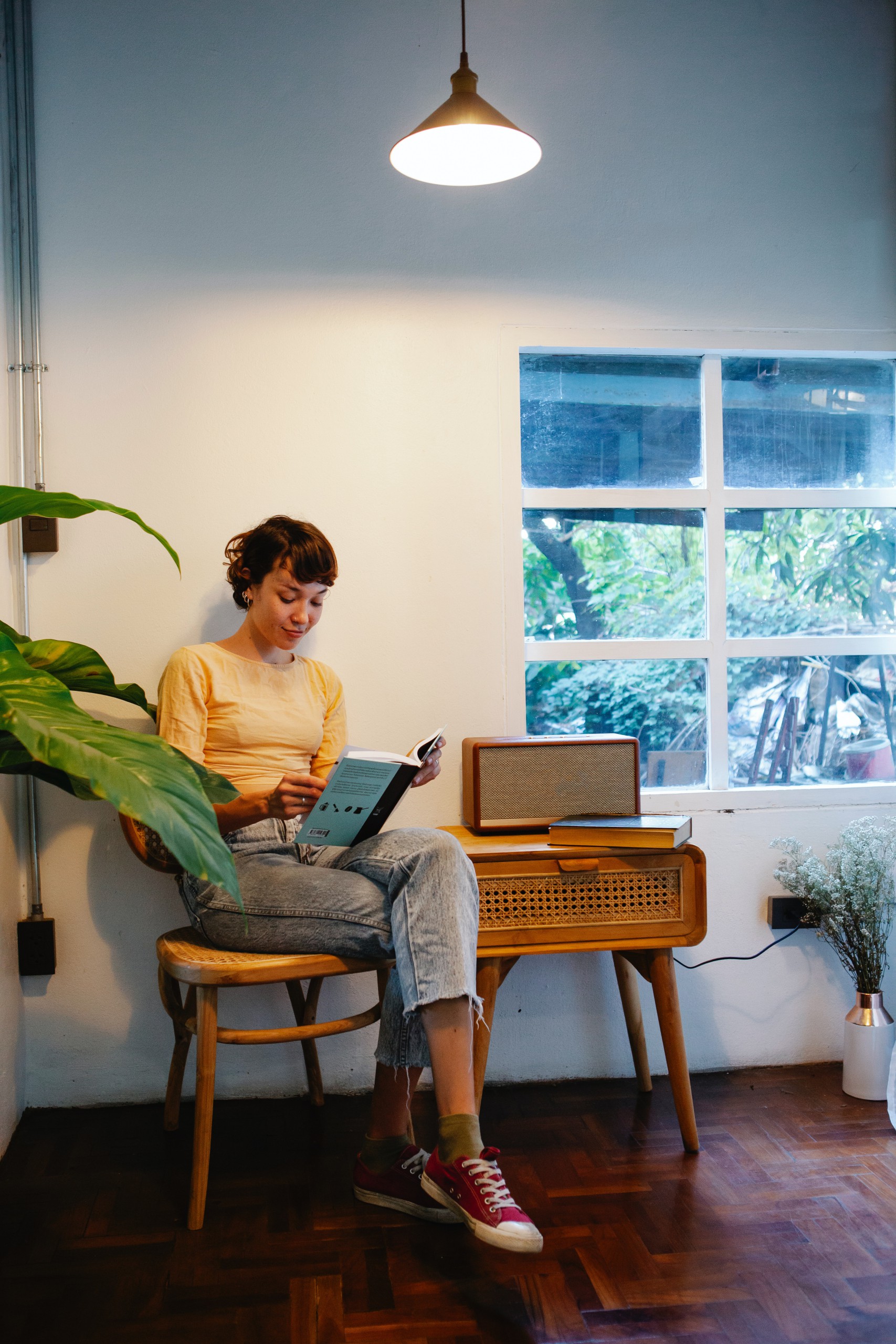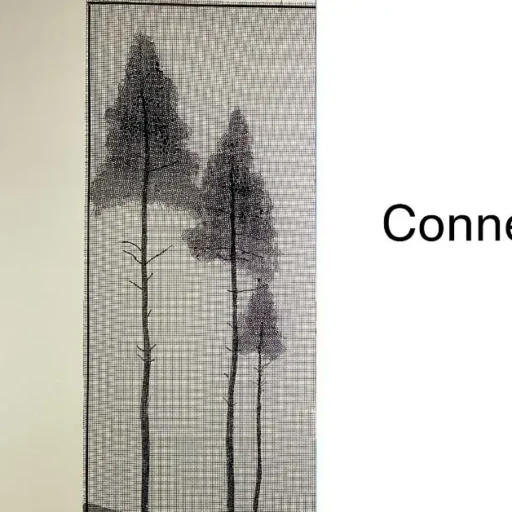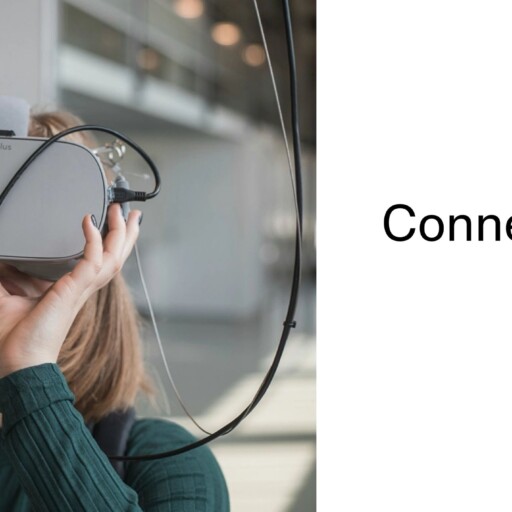The future of consumption has no choice but to adapt to the new, post-pandemic world. Consumer behaviour has changed, and the success of companies and brands depends on meeting these new needs. Driving forces like durability, repairability, and consumer uncertainty will define the trends of 2021.
Repairing products and giving them a new life
Extending the useful life of products and ensuring greater durability rather than just accumulating more things is becoming increasingly important to consumers. The current ‘use it and throw it away’ model is obviously not sustainable in the medium-to-long term. That’s why more and more people are demanding that we follow circular economy principles, which are based on the right to repair and reuse objects, leading to increased environmental and social sustainability.
We asked Eva Prego, interior designer and co-founder of Stone Designs, about this topic, and she believes that “fortunately, the trend we were seeing of having to renew products every few years is changing. It’s just not compatible with sustainability”.
On the other hand, the repairability trend has already taken hold. This was confirmed by data from the most recent Eurobarometer, with 77% of the EU population preferring to repair their possessions rather than buy something new. It’s predicted that there will be tougher legislation in the European Union in 2021 that will require manufacturers to make longer-lasting products.
This shift has also brought with it a greater appreciation of the value that products and possessions have in the long-term, with quality that lasts the test of time, as well as in our memory, becoming more important. This has led to more items being resold, giving them a new life. Trend forecasting company WGSN says that this practice is grounded in simplicity and includes both exchanges and renting items with just a tap of your finger on your smartphone.

Buy less, buy smarter
Fear and uncertainty have melded with consumer habits in the post-COVID era. The healthcare and economic crises, as well as the fact that there is no end in sight to the pandemic, may negatively affect purchasing power. Financial limitations may be a reason to buy more consciously, meaning less buying overall, but smarter buying in the long run.
In 2021, brands will be offering increased safety, improving our sense of connection and wellbeing. We will also start to buy in a more conscious way, choosing a variety of products that have a deeper meaning as well as a positive and real impact on people’s lives.
Orlando Cotado, from the strategic interior design studio Iván Cotado, says that he has “the feeling that [this uncertainty] is here to stay. Whenever it looks like the markets are calming down and balancing out, something happens that throws off that balance. We are the bubble generation, and we will have to learn to live with uncertain situations”.

Supporting the local economy and the environment
Business models based on consumption only are now outdated. The future will bring models founded on shared responsibility that will also make it easier to make the right choice. Buying local and the environment will have a big part to play in this new model.
According to a report by Brandwatch, 33% of consumers have placed more importance on buying locally produced products since the pandemic began. Another global survey of consumers by P&G found that 70% of people want to lead a more environmentally friendly lifestyle.
Buildings that last also need to be considered when discussing consumer trends in 2021. The pandemic has transformed the real-estate investment landscape, but buying a property is a long-term alternative that, according to the experts, is still worth it.




